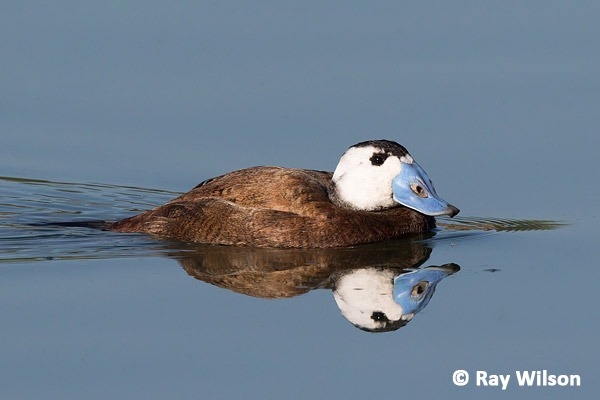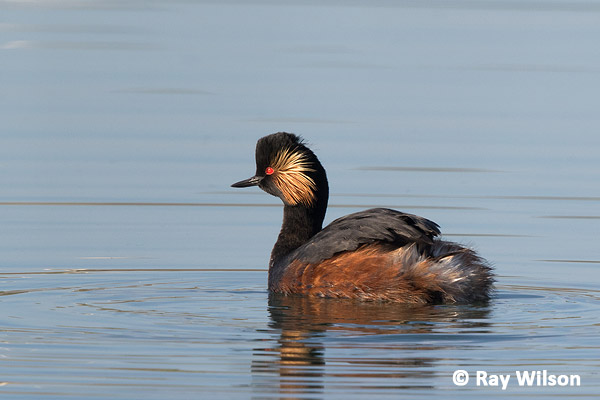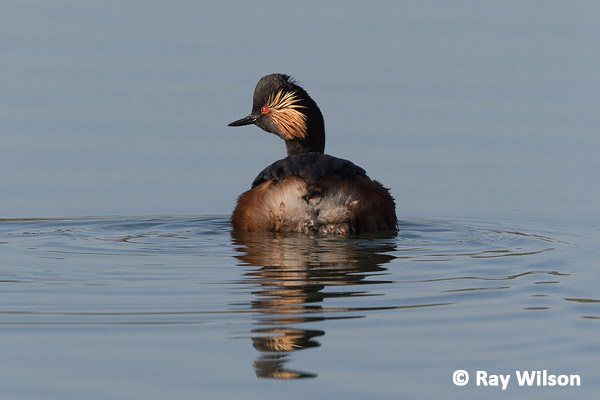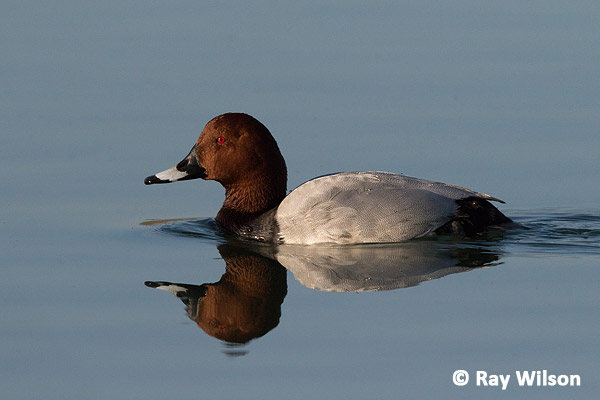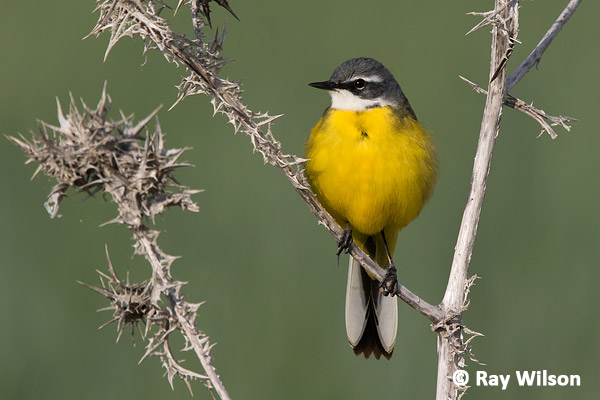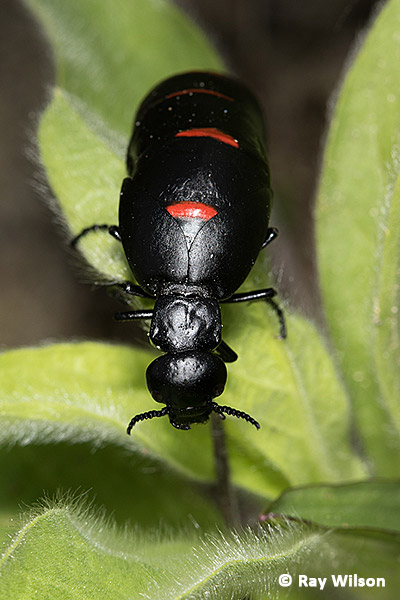
- Home
- Photography Tours
- Diary / Blog
- Galleries
- Foreign Trips
- Tasmania 2016
- NE Queensland 2016
- Western Alps 2016
- NE Spain 2016
- Australia's Wet Tropics 2015
- Australia's Top End 2015
- SW Australia 2015
- Switzerland 2015
- Andalucia 2015
- Belize 2015
- Australia 2014
- Switzerland 2014
- Belize 2014
- Bahama Islands 2014
- Switzerland 2013
- Ecuador 2012-2013
- Florida 2011-2012
- Vancouver Island 2011
- Australia 2010
- Peru 2008
- Bulgaria 2007
- Lesvos 2006
- California 2006
- New Zealand 2005
- Extremadura 2005
- Goa, India 2004
- The Gambia 2003
- About
Southern Spain
March/April 2015
Part 2 : Espera & Laguna de Rincon
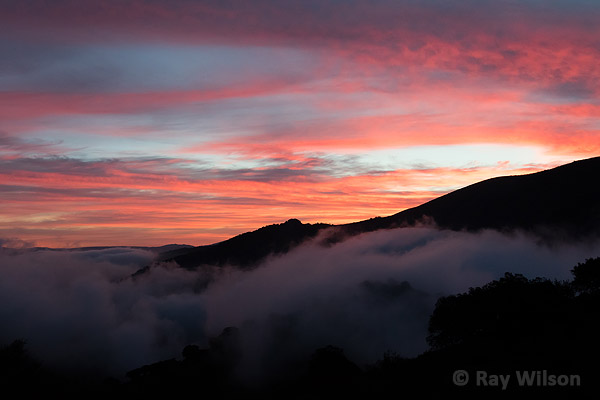
Sunrise over the misty valleys of the Sierra de Grazemelas
At the start of the year, I had planned on setting aside the 10 days between Belize and Spanish trips for researching where the best places to see my target species were likely to be. I hadn't entertained the possibility of being ill for that entire period so when I arrived in Spain I was totally unprepared for the trip with no idea of where I could make the most profitable use of my time. Consequently, a few days at the beginning of April were wasted visiting numerous unsuitable sites with the aim of getting decent photos of White-headed Ducks and Red-knobbed Coots. Both species were present at several of the lakes and ponds, but they were always very distant. Eventually, by widening my search further afield into Cordoba Province I found a site where not only had the public hide been amazingly placed less than 100m from the water's edge but there were a few White-headed Ducks swimming around only about 15-20m away. Unfortunately the hide at Laguna de Rincon is westerly-facing...and I had arrived in the late afternoon when the birds were horribly backlit! That meant a very early start the following morning to repeat the 2 hour drive fervantly hoping that the ducks would cooperate and be hanging around in the same area when the light was in the right direction...thankfully they were!
White-headed Duck (Oxyura leucocephala)
As a bonus, several pairs of Black-necked Grebes, a common species in southern Spain, were also present.
Black-necked Grebe (Podiceps nigricollis)
Black-necked Grebe (Podiceps nigricollis)
Common Pochard (Aythya ferina)
My favourite spot in the area north of the Sierra de Grazemelas was the Estero Lagoons, mostly because the 6km entrance road was in the correct direction for good light in the early morning/late evening (depending on direction of travel) and several of the small "farmland" birds could be photographed relatively easily by using the car as a hide.
male "Iberian" Yellow Wagtail (Motacilla flava iberiae)
The Iberian race of Yellow Wagtail is similar to the "Blue-headed" nominate race found throughout most of Europe (except Britain and Scandinavia) but typical individuals can be easily distinguished by their darker grey head marking and the sharp demarcation between the pure white throat and the yellow breast.
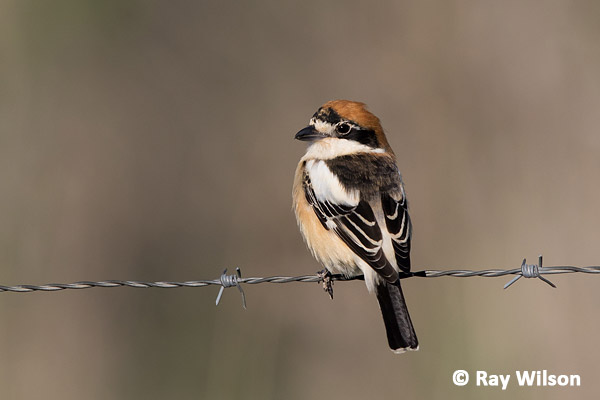
Woodchat Shrike (Lanius senator)
Woodchat Shrikes started arriving at the end of March and by the beginning of April several pairs had set up territories at Estero Lagoons.
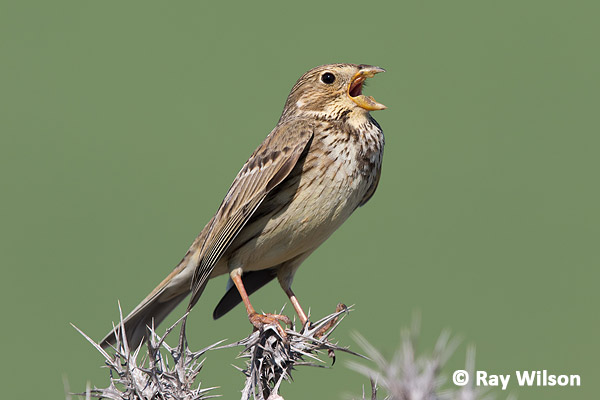
Corn Bunting (Milaria calandra)
Corn Buntings are one of the few Spanish species that it is easy to get close to and their habit of perching on the tops of bushes or dead thistles makes getting good photos of them particularly easy. You can even get headshots without too much difficulty!

Corn Bunting (Milaria calandra)
Although they never let me get close enough for headshots, the resident Common Stonechats were also fairly confiding.

male European Stonechat (Saxicola rubicola)
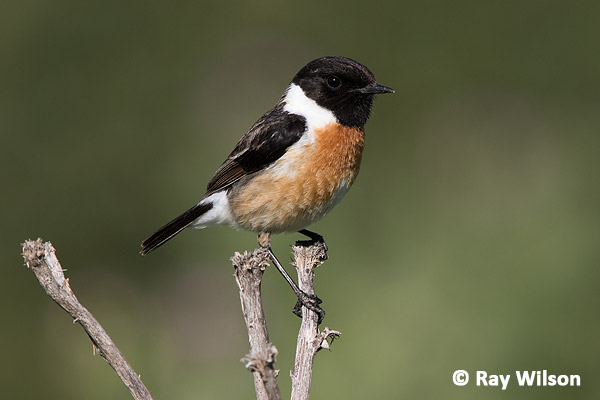
male European Stonechat (Saxicola rubicola)
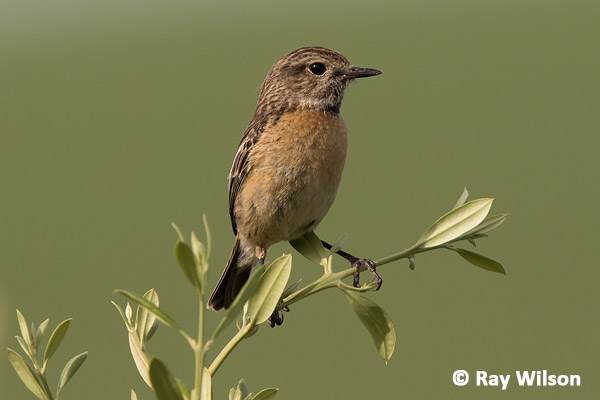
female European Stonechat (Saxicola rubicola)
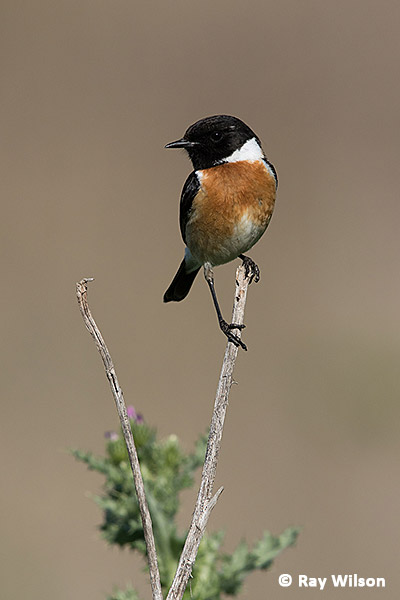
male European Stonechat (Saxicola rubicola) |

Northern Wheatear (Oenanthe oenanthe) |
Red-legged Partridges were numerous in the fields by the roadside.

Red-legged Partridge (Alectoris rufa)
A couple of pairs of Marsh Harriers were nesting on the opposite side of the lagoon, but occasionally came within range as they quartered over the reedbeds.

female Western Marsh Harrier (Circus aeruginosus)
One of the earliest butterflies to emerge in southern Spain is the beautiful Spanish Festoon, and they were fairly common throughout the area.
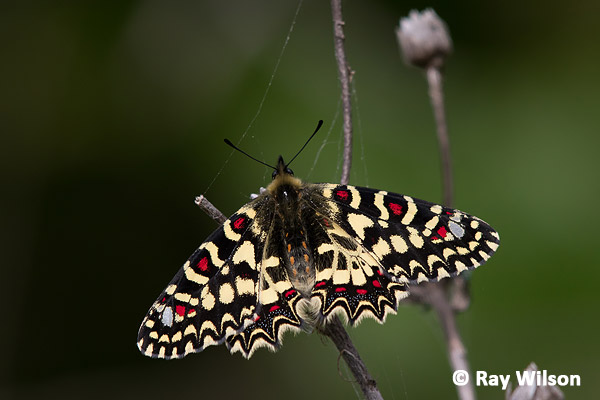
Spanish Festoon (Zerynthia rumina)
A small colony of Mirror Orchids was in full bloom at Espera Lagoons. These distinctive orchids, like most members of their genus, are pollinated by sexual deception, in this case by the wasp Dasyscolia ciliata. The flowers produce a scent which mimics the sex pheremones released by female D. ciliata wasps which the males find extremely attractive. When the male wasps arrive at the flower, they are further fooled into attempting to mate with the flower by the glossy blue, enamel-like lip of the flower which apparently mimics the reflection of the sky on the female wasp's wings.

Mirror Orchid (Ophrys speculum) |
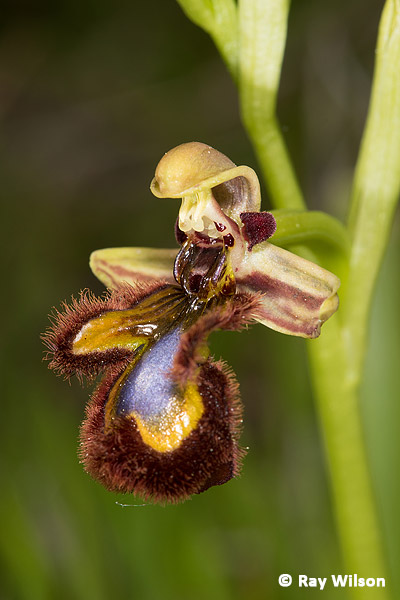
Mirror Orchid (Ophrys speculum) |

Mirror Orchid (Ophrys speculum) |
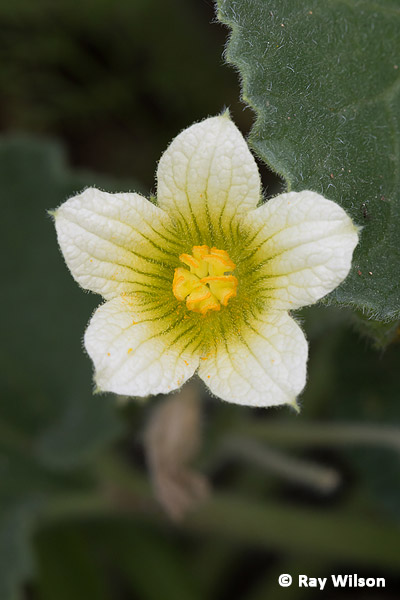
Bryonia cretica |
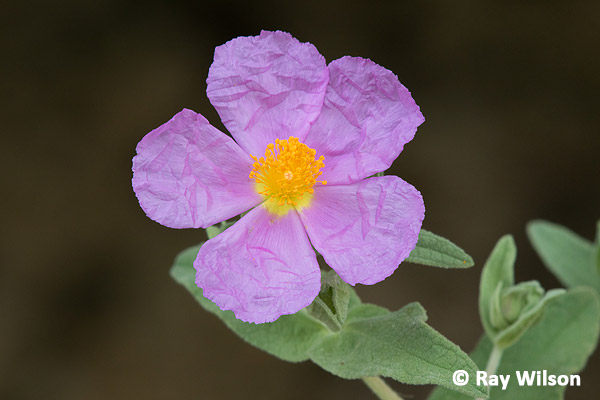
Grey-leaved Cistus (Cistus albidus)
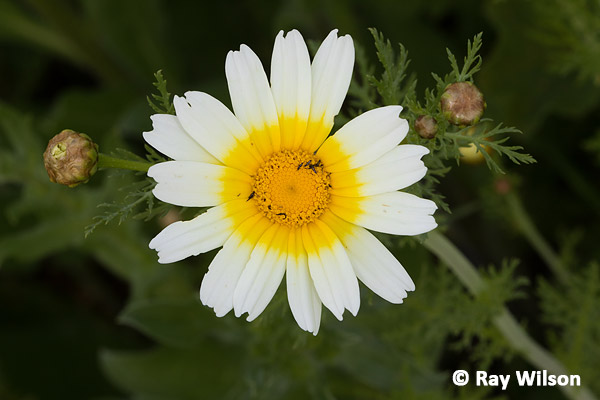
Crown Daisy (Chrysanthemum coronarium)
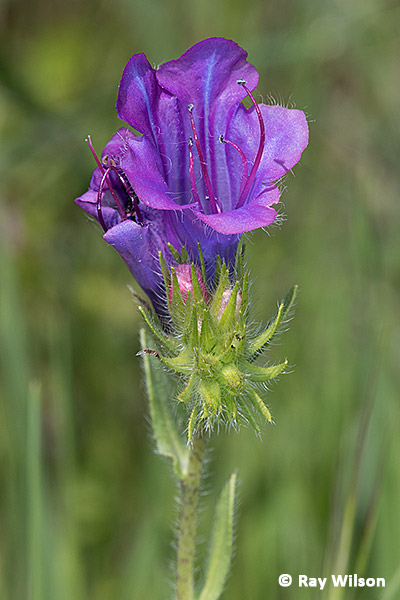
Purple Viper's Bugloss (Echium plantagineum) |
Reaching lengths of over 7cm, the oil beetle Meloe majalis is one of the largest beetles in Europe and was extremely common at Espera. When threatened, they can release an irritative, toxic, oily substance called cantharidin that can cause vomiting, diarrhoea and problems with the urinary tract if it is injested. The red and black pattern on its abdomen serve as a warning of its toxic nature to potential predators.
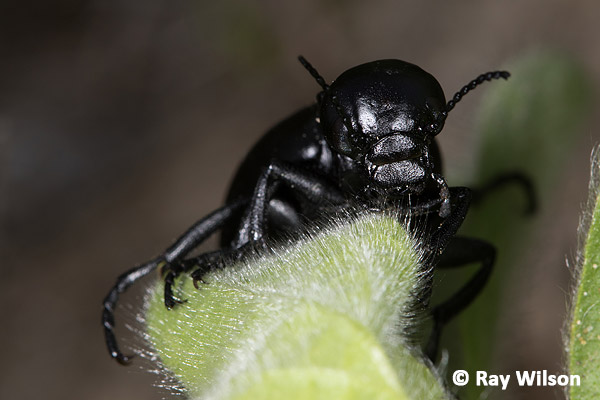
Oil Beetle (Meloe majalis)
Ray Wilson owns the copyright of all images on this site.
They may not be used or copied in any form without prior written permission.
raywilsonphotography@googlemail.com
